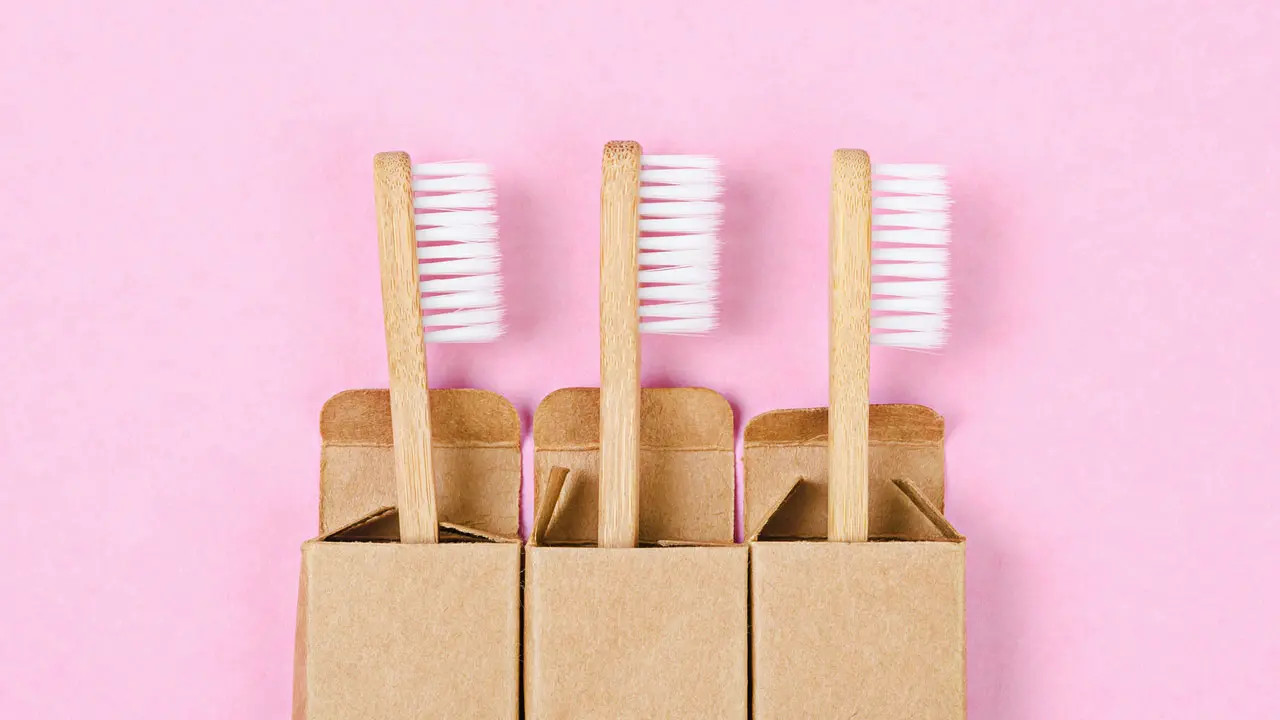
With flu season creeping up quickly, many of us are on heightened alert when it comes to protecting ourselves and our loved ones from germs and bacteria. Sanitized doorknobs, mini bottles of hand sanitizer, you’ve thought of it all! Or have you? While you’ve been busy cleaning the rest of the house, have you ever considered the cleanliness of the thing that spends four minutes a day in the gateway to your immune system? Your toothbrush can be a hotbed for bacteria when not properly cared for, but what exactly is “proper”? When it comes to toothbrush covers, the truth may surprise you.
Proper Toothbrush Care
Keeping your toothbrush clean should be a top priority in your oral health routine. It’s important to store your toothbrush away from your toilet, harmful chemicals, and away from the splash zone of your sink if possible. While many of us feel compelled to sanitize our toothbrushes, it’s important to do so only with solutions such as mouthwash, hydrogen peroxide, or saltwater. Putting your toothbrush in the microwave, dishwasher, or boiling it in water can all comprise the structural integrity of the brush and render it less useful at cleaning your teeth. Additionally, your toothbrush should be replaced every ninety to one hundred days to ensure it is both clean and that the bristles are in tip top shape.
Covered or Uncovered?
Upon reading about some of the best ways to care for your toothbrush, you may find yourself thinking “my toothbrush cover protects the bristles from the flush of my toilet! It must be safe!” Unfortunately, this logic would be incorrect. Toothbrush covers are actually detrimental to the overall sanitation of your toothbrush and therefore also to your oral health. Bacteria thrive in moist environments and a toothbrush cover provides just that. While it may keep other things out, it also locks everything else in. Your brush needs to thoroughly dry between uses so that new bacteria do not grow and multiply on the surface of it. The avoidance of a toothbrush cover can be taken a step further by avoiding storing your brush in drawers or cabinets and instead opting for a spot on a countertop, shelf, or wall hook where it can dry and drain in the open air.
Additional Advice
Along with proper storage, it’s important to remember that your toothbrush is your own and no one else’s. Sharing brushes leads to a spread of harmful foreign bacteria and viruses and can spread illness or even tooth decay from one family member to the next! Also remember to rinse your brush thoroughly with water after each use and clear away any stuck debris to help keep it clean, clear, and free of harmful substances.
If you’ve got questions on the best way to treat your toothbrush, or if you’d simply like to schedule your next routine dental checkup give us a call at Valley Dental Care of Plainfield today!